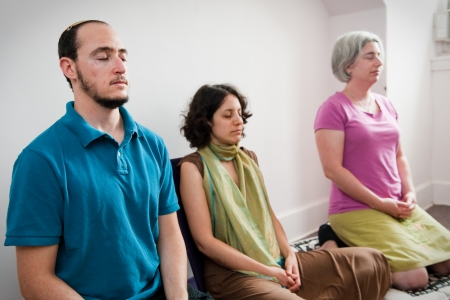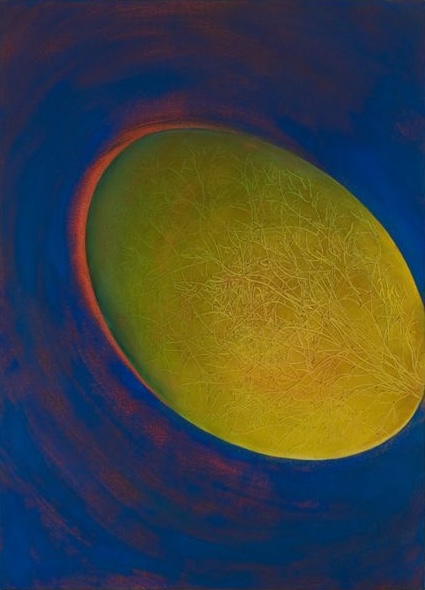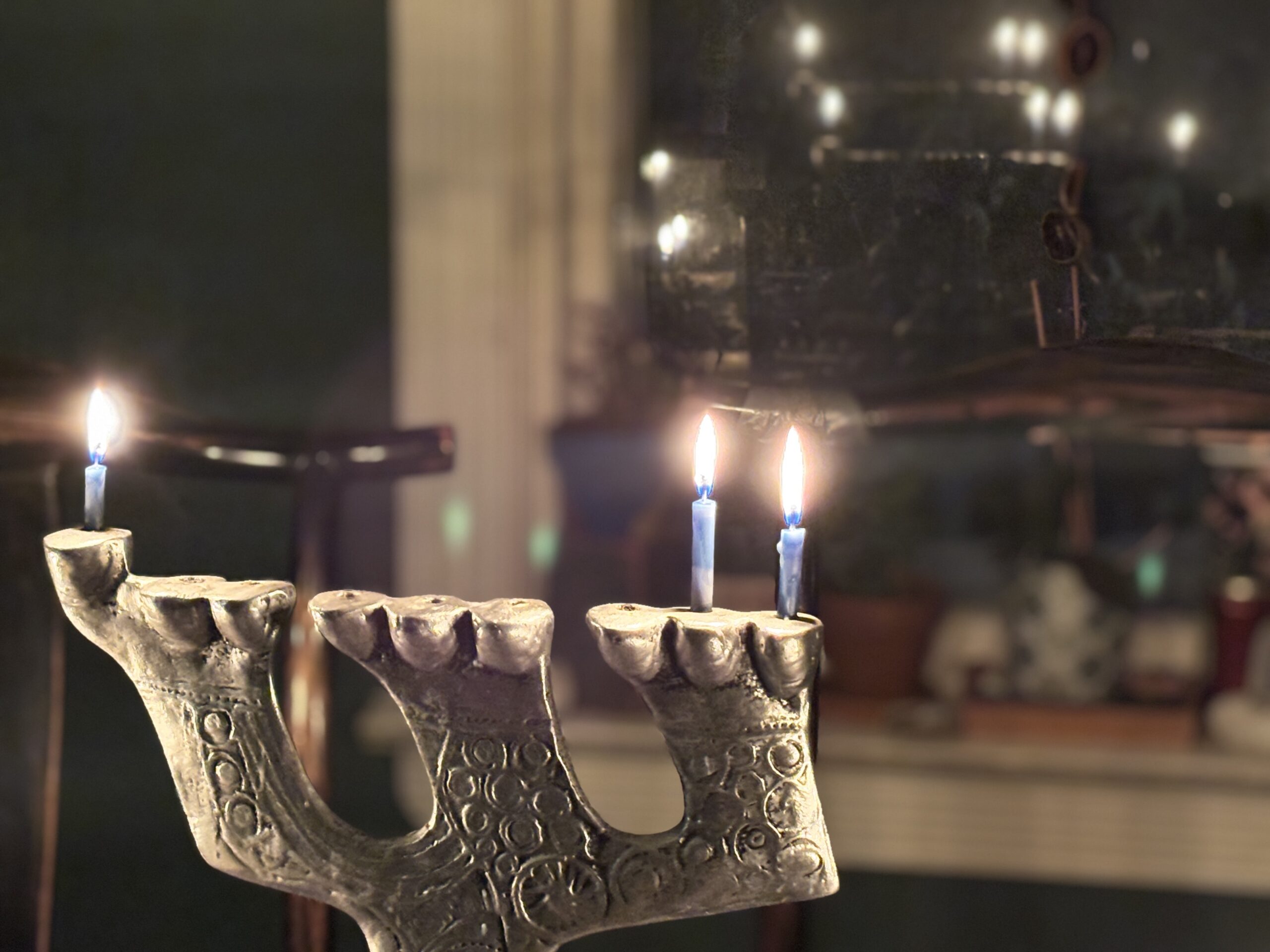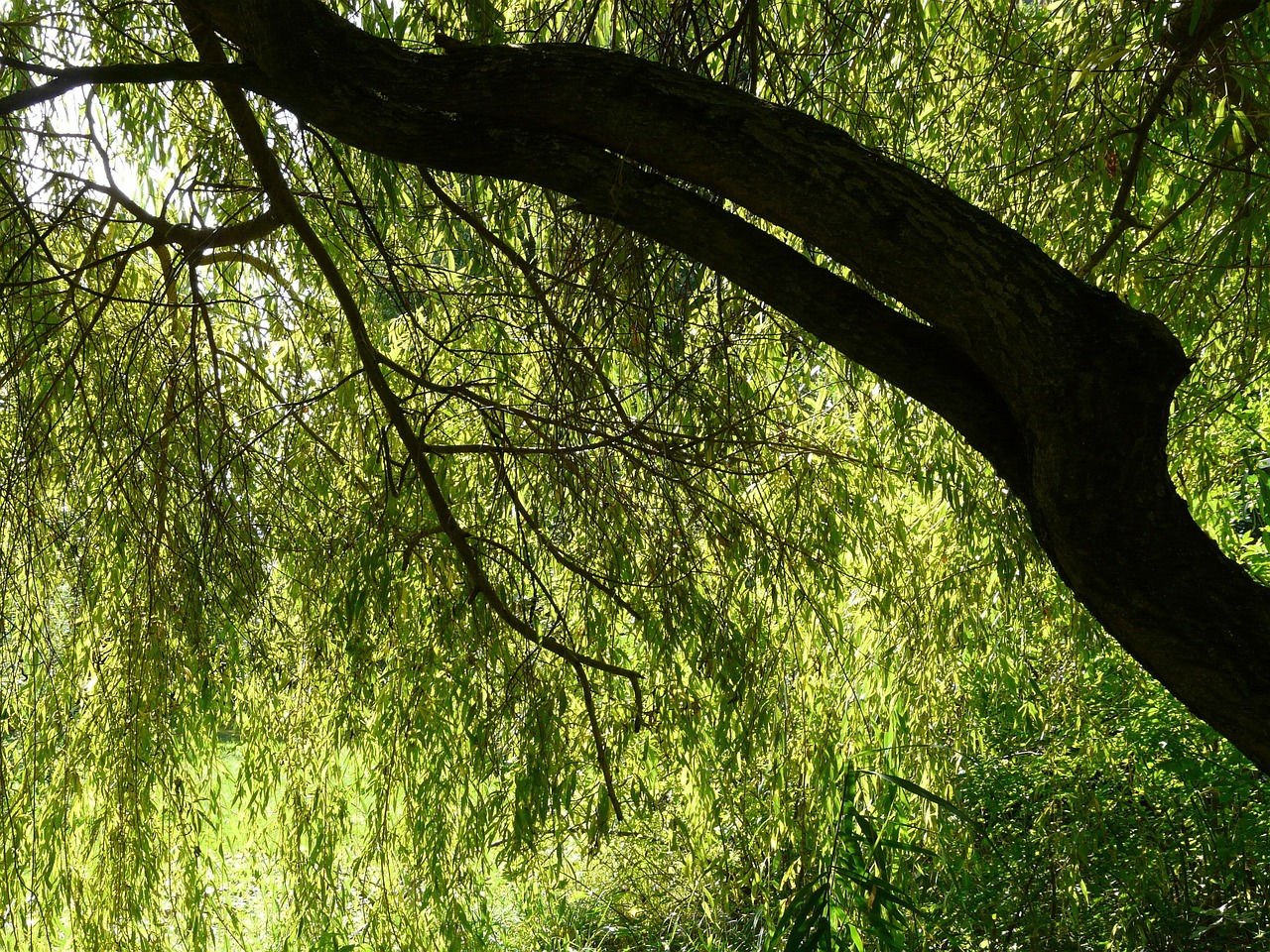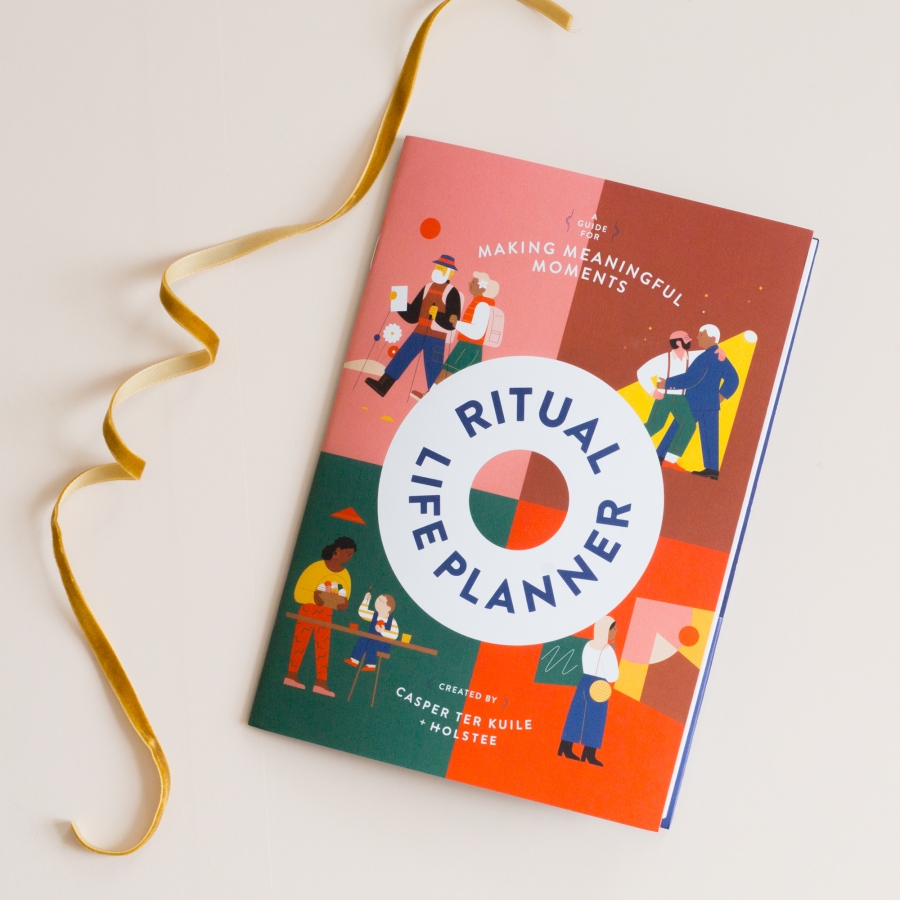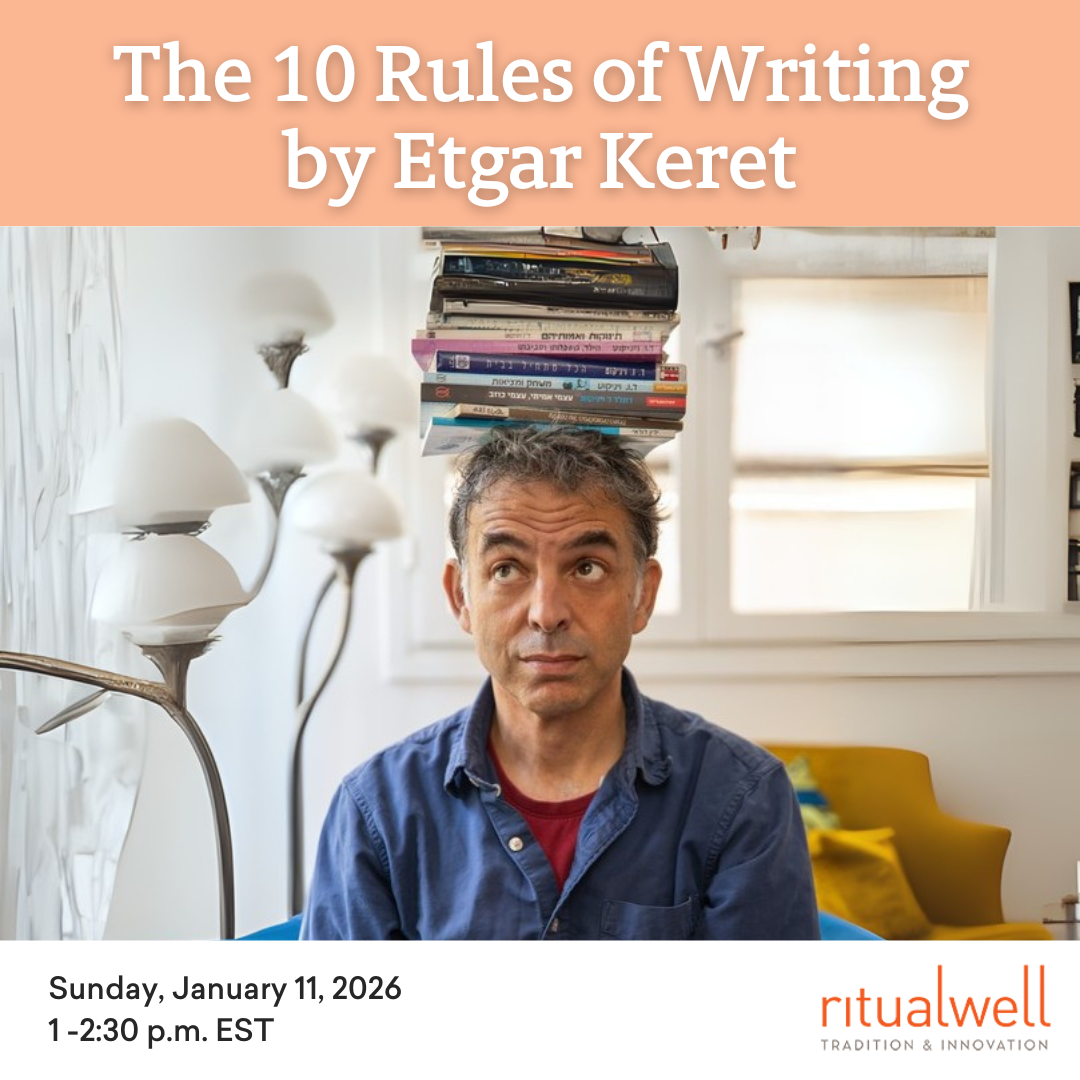This ritual was created as a ritual of kavannah, intention, for the Tu B’Shvat seder. One common thread between the Pesakh and Tu B’Shvat seders is the numerological importance of the number four. At the Tu B’Shvat seder we drink four cups of wine, in honor of the four seasons. There is also kabbalistic importance to the number four, in describing the four “worlds” or states of being that a human can hope to occupy: assiyah, the physical domain of action, yetzirah, the emotional domain of formation, b’riyah, the intellectual domain of creation, and atzilut, the spiritual domain of emanation. To symbolize these four domains, at the Tu B’Shvat seder we enjoy four types of fruit: fruits that have a hard, inedible exterior but a soft, edible interior; fruits that have soft, edible exteriors, but hard inedible pits; fruits that are fully edible, without hard shells or pits; and fruits that aren’t edible but are fragrant and beautiful nevertheless. At the beginning of a Tu B’Shvat seder, we can engage our bodies and connect to the worlds around us by mindfully considering the four elements: earth, water, fire, and air.
earth / assiyah
Before the seder begins, we collect stones we’ve found in the world around us. They do not need to be fancy, shiny, or anything special: any stone will do.
The seder leader(s) asks everyone at the table to close their eyes and to keep them closed for a few minutes. They pass out stones to everyone in the group, making sure everyone has one. The seder leader asks everyone to remain silent for a few minutes and keep their eyes closed, while holding the stone. The seder leader asks everyone to pick up their stone, and to notice its shape, texture, weight, and temperature. The seder leader instructs everyone to let themselves notice when their thoughts wander, and gently refocus on the stone. The seder leader asks everyone to slowly open their eyes when they’re ready, and mindfully notice its color, appearance, and structure of the stone. The seder leader continually guides everyone to keep focusing only on the stone. The seder leader reads:
:אֶבֶן מָֽאֲס֣וּ הַבּוֹנִ֑ים הָֽ֜יְתָ֗ה לְרֹ֣אשׁ פִּנָּֽה
Evehn ma’asu ha-bonim haytah le-rosh peenah.
The stone that was rejected by the builders has become the cornerstone.
Everyone reads the following bracha together:
:בְּרוּכָה אַתְּ שֶׁחִינָּה, רוֹקַעַת הארץִ עַל הַמָּֽיִם
Brukhah at Shekhinah, roka’at ha-aretz al ha-mayim.
Blessed is the One who spreads the Earth on the waters.
water / yetzirah
The seder leader passes around a small pitcher of water, a plastic basin, and a handtowel. Everyone washes their hands in silence. The seder leader reads:
:וּשְׁאַבְתֶּם־מַ֖יִם בְּשָׂשׂ֑וֹן מִמַּֽעַיְנֵ֖י הַיְשׁוּעָֽה
Ushavtem mayim be-sasson mi-ma’ainey ha-yeshu’ah.
And you shall draw water with joy from the wells of redemption.
Everyone reads the following brakhah together:
:בְּרוּכָה אַתְּ שֶׁחִינָּה, אֲשֶׁר קִדְּשַׁתְנוּ בְּמִצְוֹתֶיהָ וְצִוַּתְנוּ עַל נְטִילַת יָדַיִם
Brukhah at Shekhinah, asher kid’shatnu be-mitzvoteha vetzivatnu al netilat yadayim.
Blessed is the One who brings us holiness when we wash our hands.
fire / briyah
The seder leader lights the ceremonial candle. The seder leader reads:
:אֵשׁ תָּמִיד תּוּקַד עַל-הַמִּזְבֵּחַ, לֹא תִכְבֶּה
Esh tamid tookad al ha-mizbe’akh, lo teekhbeh.
An eternal flame shall burn, it shall not go out.
Everyone reads the following brakhah together:
:בְּרוּכָה אַתְּ שֶׁחִינָּה, בּוֹרֵא מְאוֹרֵי הָאֵשׁ
Brukhah at Shekhinah, borey me’orey ha-esh.
Blessed is the One who creates with the light of the flame.
air / atzilut
The seder leader instructs everyone in hedvah, a Jewish meditation technique, telling them that hedvah means joy, and the numerical value of the letters in its name is equal to 8, 4, 6, 5. We breathe in four 8 counts, hold our breath for 4, breathe out for 6, and rest for 5.
In, 2, 3, 4, 5, 6, 7, 8.
Hold, 2, 3, 4.
Out, 2, 3, 4, 5, 6.
Rest, 2, 3, 4, 5.
Everyone reads the following together:
:נִּשְמַׁת כָל חַׁי תְבָרֵך אֶת שִׁמְךָ
Nishmat kol hai tevarekh et shimkha.
The breath of all life blesses Your name.

